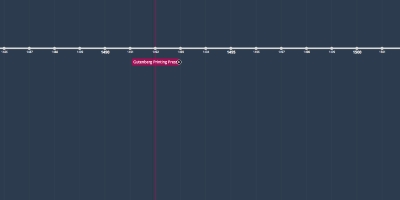3 agos 1492 anni - Columbus sails the Ocean Blue
Descrizione:
This lead to colonial expansion into the Americas. And the COLUMBIAN EXCHANGE.America, at least in the native’s point of view, was made all the worse for its discovery by explorers. The native Americans received mortal diseases from the Europeans, such as smallpox which killed swaths of people. They were also forcibly converted to Christianity and were further oppressed by being put to work in mines as slaves. They also received such European goods and items such as wheat, horses, and livestock, varying and enriching the diets of the natives, as well as (in the case of the horses), providing them with new ways to hunt.
Besides giving Europeans syphilis, most of what the Columbian exchange provided for Europe was wealth in a variety of forms. They received potatoes (eventual staples of Irish diets), chocolate and sugar (luxury goods, which could make new treats for the upper class), corn, tomatoes, and abundantly more food, enriching European diet, giving them better nutrition, and allowing for longer lifespan. Also, Europe got gold and silver and slave labor, so they grew exceedingly wealthy off the backs of dying people who had had their land and culture stolen.
Congratulations, Europe.
After Columbus’s arrival on Hispaniola, the indigenous population of the Americas dropped sharply as Old World diseases spread to the populations, lacking immunity as the Europeans had. As a result, it became difficult to use the decreased number of natives to work on the sugar plantations for European use in trade. So, they brought over the more resilient Africans to do the work instead, resulting in more sugar grown and more money for their oppressors.
The slave trade went like this: Africans were brought to the New World to work on its lucrative sugar plantations, the goods were brought to Europe and sold, and the products made from these crops or from the wealth gained from these crops were sent to Africa to be exchanged for more slaves, which were subsequently sent back to America to earn more money for the Europeans. This was called triangular trade.
Nice going, Chris.
Aggiunto al nastro di tempo:
Data:
3 agos 1492 anni
Adesso
~ 533 years ago
